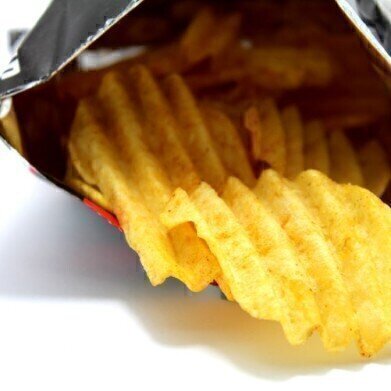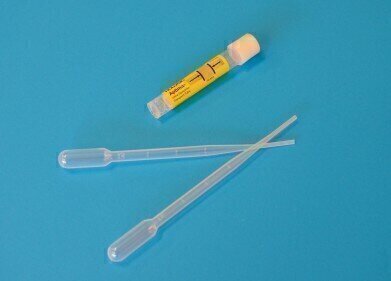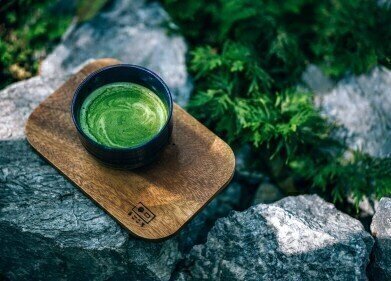Electrophoretic Separations
Are Chinese Snack Foods Too Acidic? - Chromatography Explores
May 15 2019
We all like to eat snacks when we are on the go. Whereas thirty years ago the only time people were seen eating outside was on a picnic, now changes in the way we live mean many of us eat on the go. A recent paper published in the International Journal of Food Properties has investigated the levels of preservatives found in snack foods in China - and chromatography was used to measure the acids.
Additives in the mix
Snacks, like many other foods, can contain food additives. An additive is simply an ingredient that has been added to a food for a specific purpose, to alter the taste or colour of a food, or to act as a preservative to help prevent the growth of micro-organisms. In Europe, food additive use is regulated and there has to be a good reason to use an additive and the regulatory authorities stress strict guideline s on the use of additives. One of the most important guidelines is that the additive presents no health hazards to the consumer.
Preserving the snacks
One of the additives used in snacks are preservatives. These are added to keep food fresh for longer by helping to prevent the food from spoiling due to bacterial growth or the oxidative breakdown of the snack’s components. Some preservatives are natural ingredients like lemon juice, and some are artificially manufactured.
In the snack foods that were analysed in China, the researchers were interested in the levels of two commonly used preservatives - benzoic acid and sorbic acid. These preservatives are widely used in other products besides snacks. Medicines, cosmetics, toothpastes and drinks all use benzoic and sorbic acid as preservatives to increase the shelf life of the finished products.
But too much preservative can be harmful to human health. Maximum permitted levels of preservatives are set by regulatory bodies after laboratory tests. The Joint FAO/WHO Expert Committee on Food Additives (JEFCA) has been providing advice on food additives since the 1950s. It has set daily limits of 5 mg/kg for benzoic acid and 25 mg/kg for sorbic acid.
Acidic snacks - chromatography answers
The researchers in China assessed the preservative levels in 221 samples over a one-year period. The snacks included noodle products, cooked meats and baking products. They used high performance liquid chromatography (HPLC) to analyse the preservative levels in the snacks tested - although gas chromatography and capillary electrophoresis are also recognised methods for preservative analysis. Developments in using capillary electrophoresis are discussed in the article, Capillary Electrophoresis-Mass Spectrometry for Micro-Metabolomics.
The team detected levels of the two preservatives in 10.4% of the samples, with almost 90% of samples being preservative free. Only 0.9% of samples were above the recommended limits of preservative in China. Literature analysis suggests that there are wide variations in preservative levels in foods from different geographic areas - the authors recommend a strict inspection policy to ensure the public stay safe.
Digital Edition
Chromatography Today - Buyers' Guide 2022
October 2023
In This Edition Modern & Practical Applications - Accelerating ADC Development with Mass Spectrometry - Implementing High-Resolution Ion Mobility into Peptide Mapping Workflows Chromatogr...
View all digital editions
Events
ACS National Meeting - Fall 2024
Aug 18 2024 Denver, CO, USA
Sep 04 2024 Chiba, Tokyo, Japan
Sep 04 2024 University of Warwick, Coventry, UK
Sep 10 2024 Rockville, MD, USA
Plastics Recycling World Expo Europe
Sep 11 2024 Brussels, Belgium














